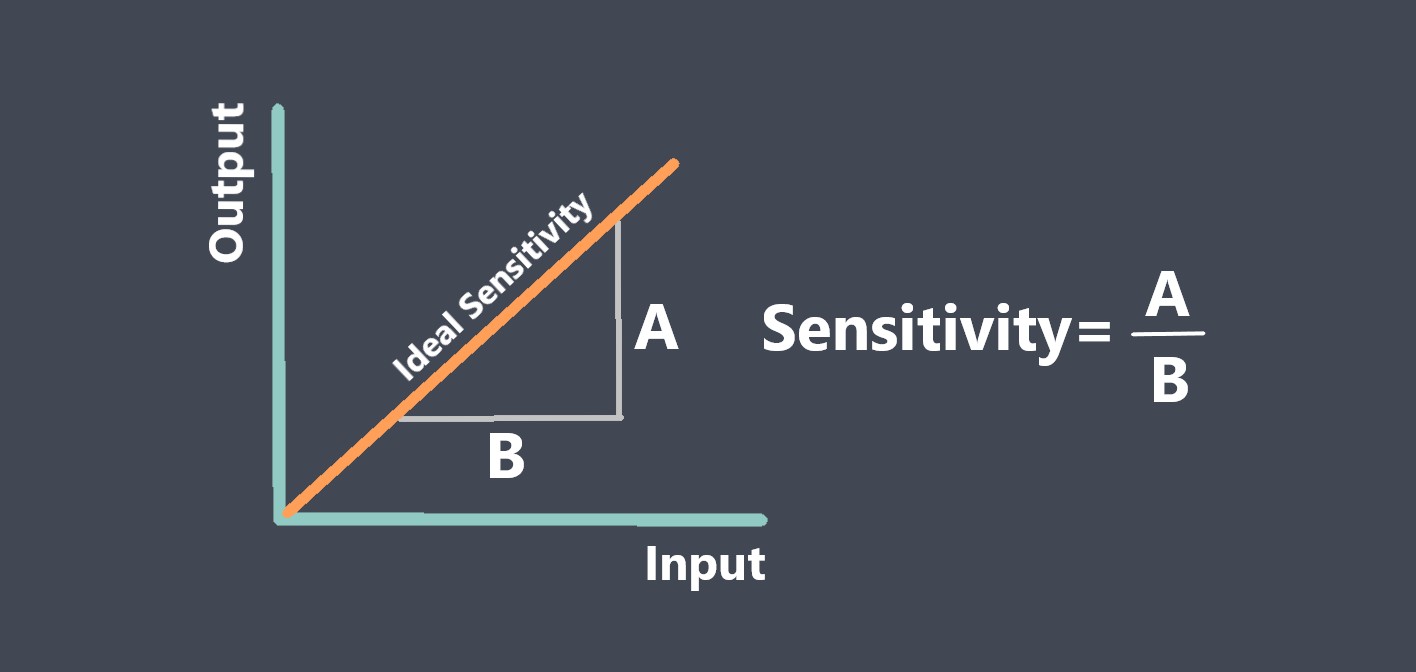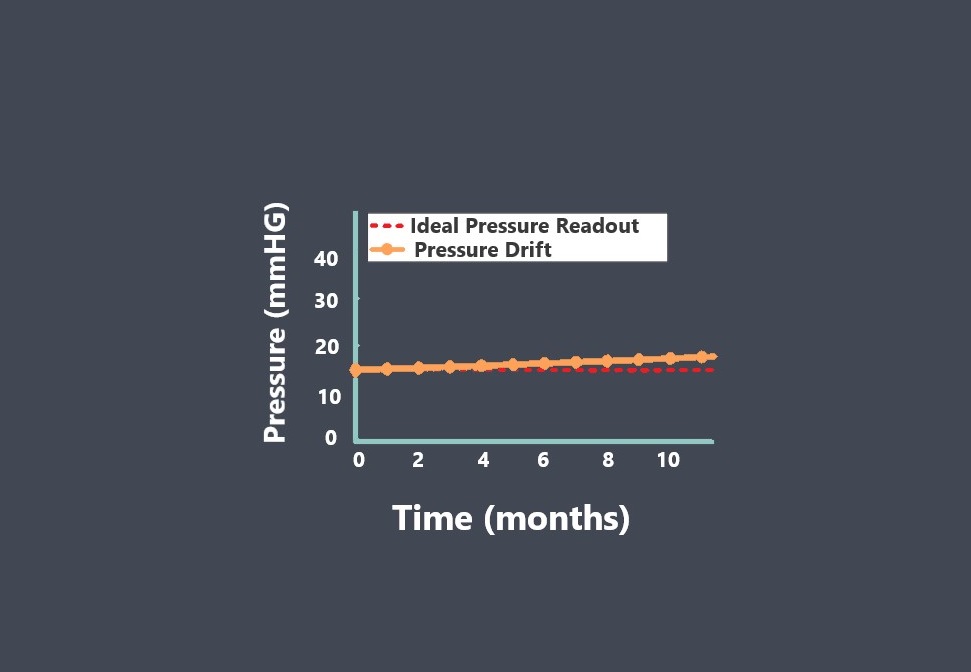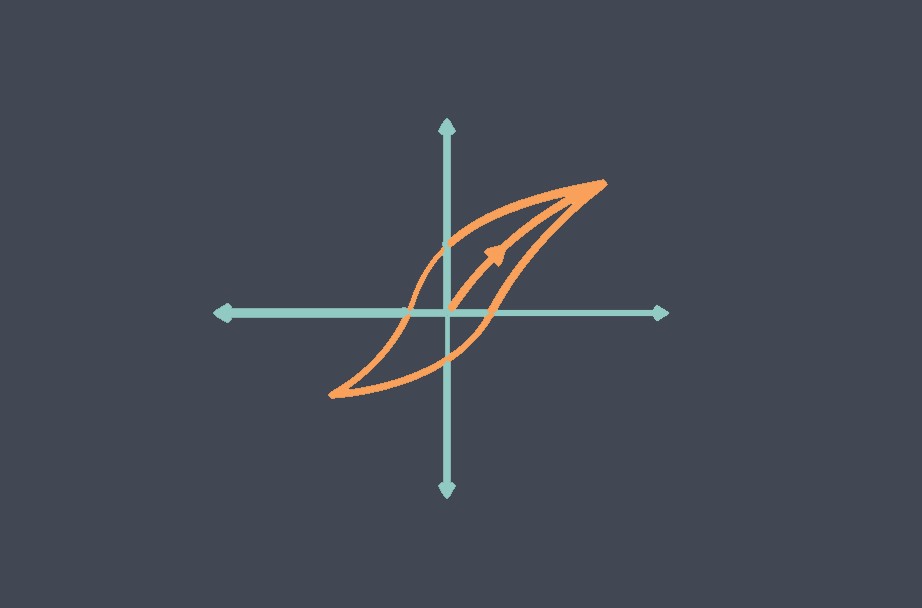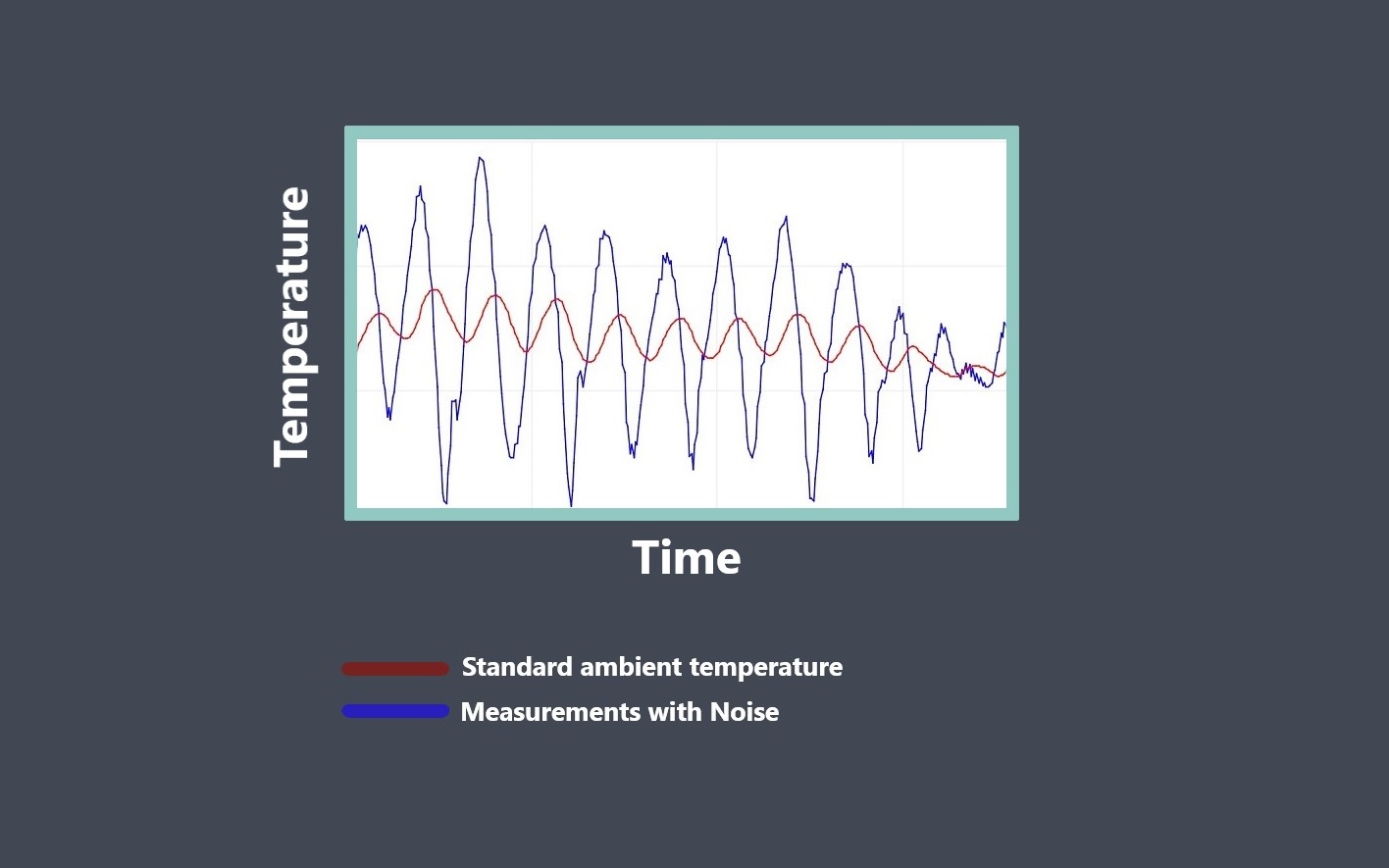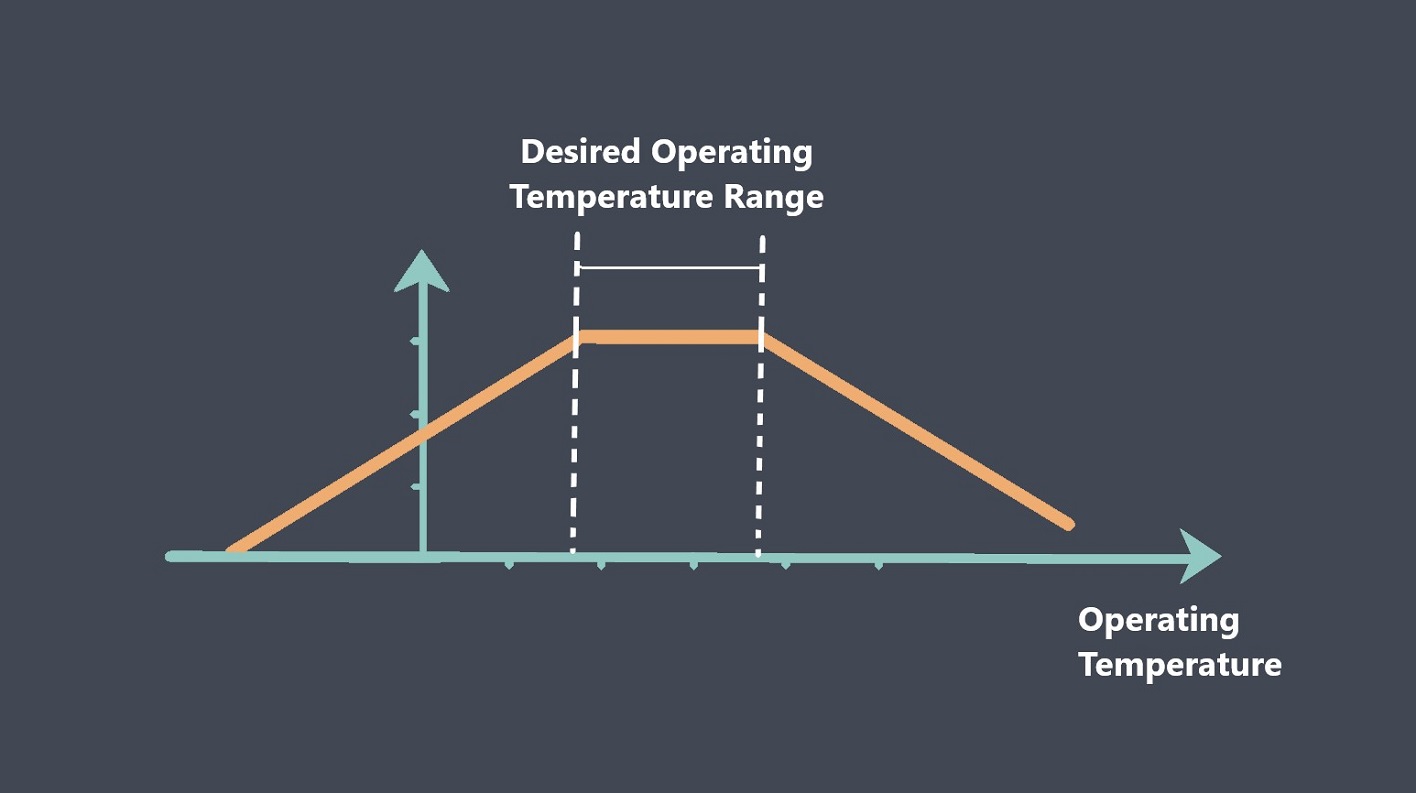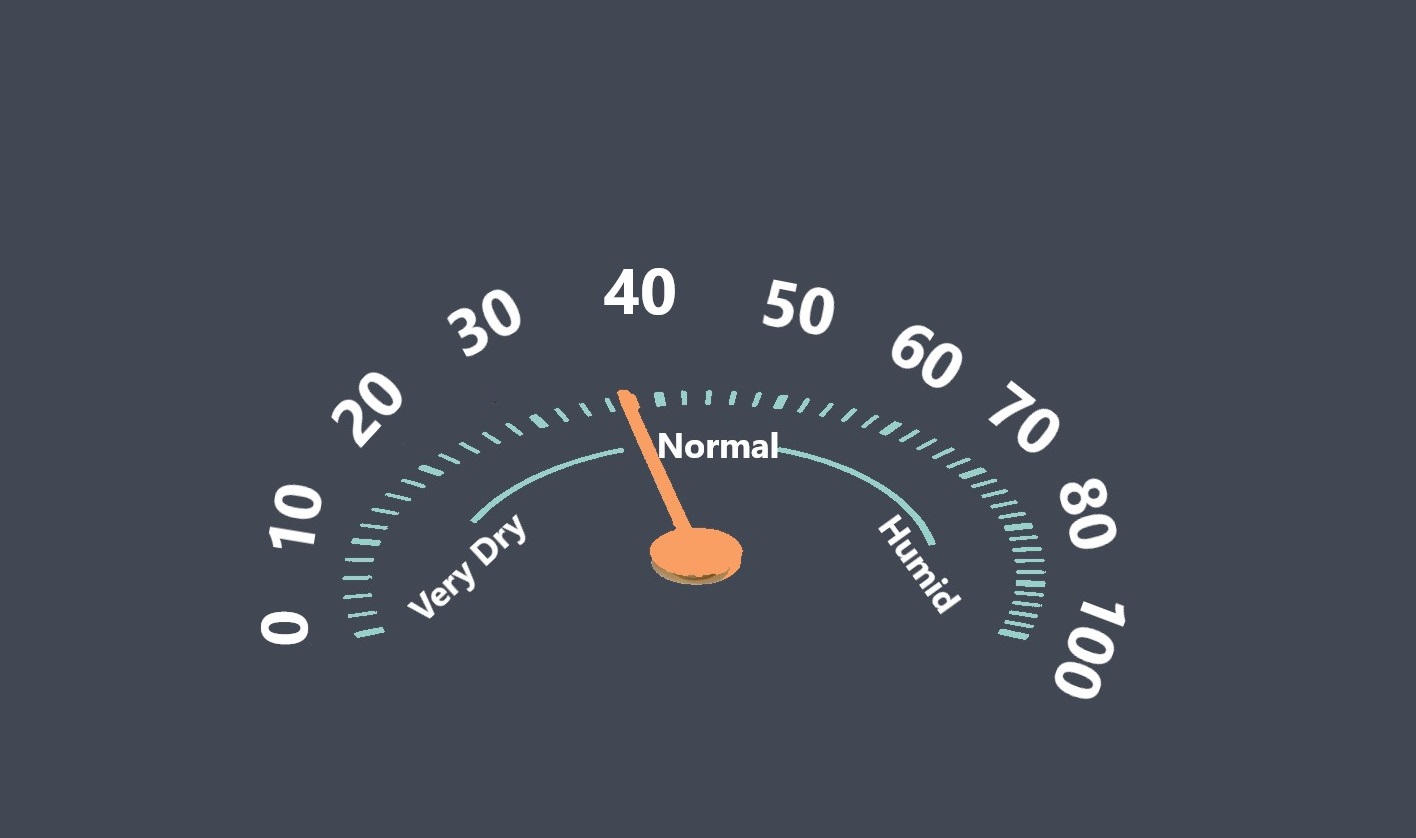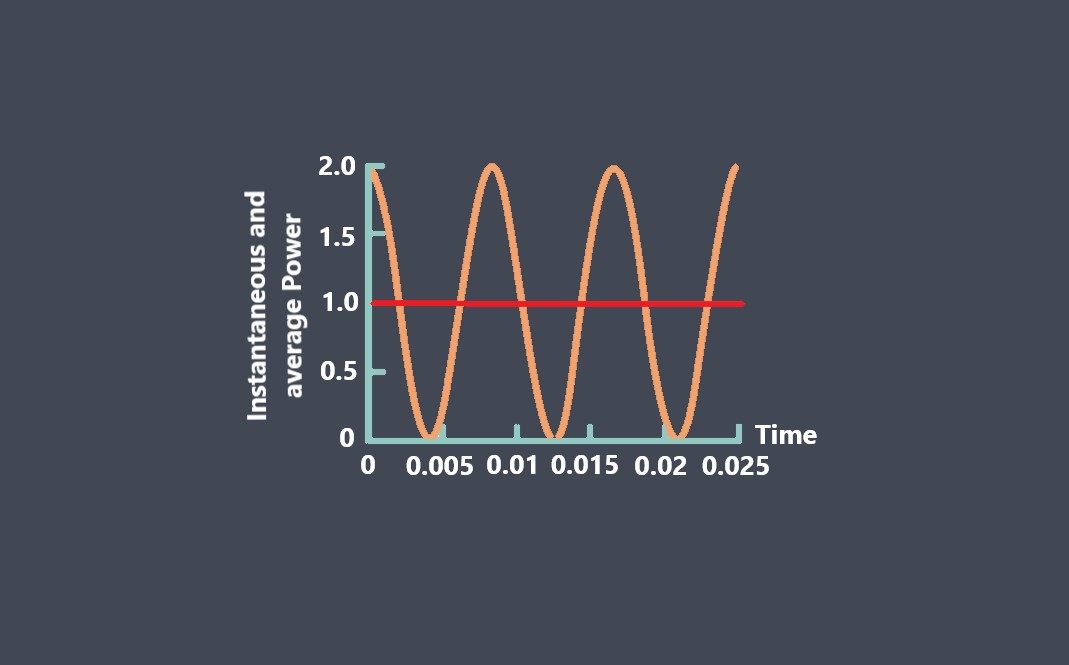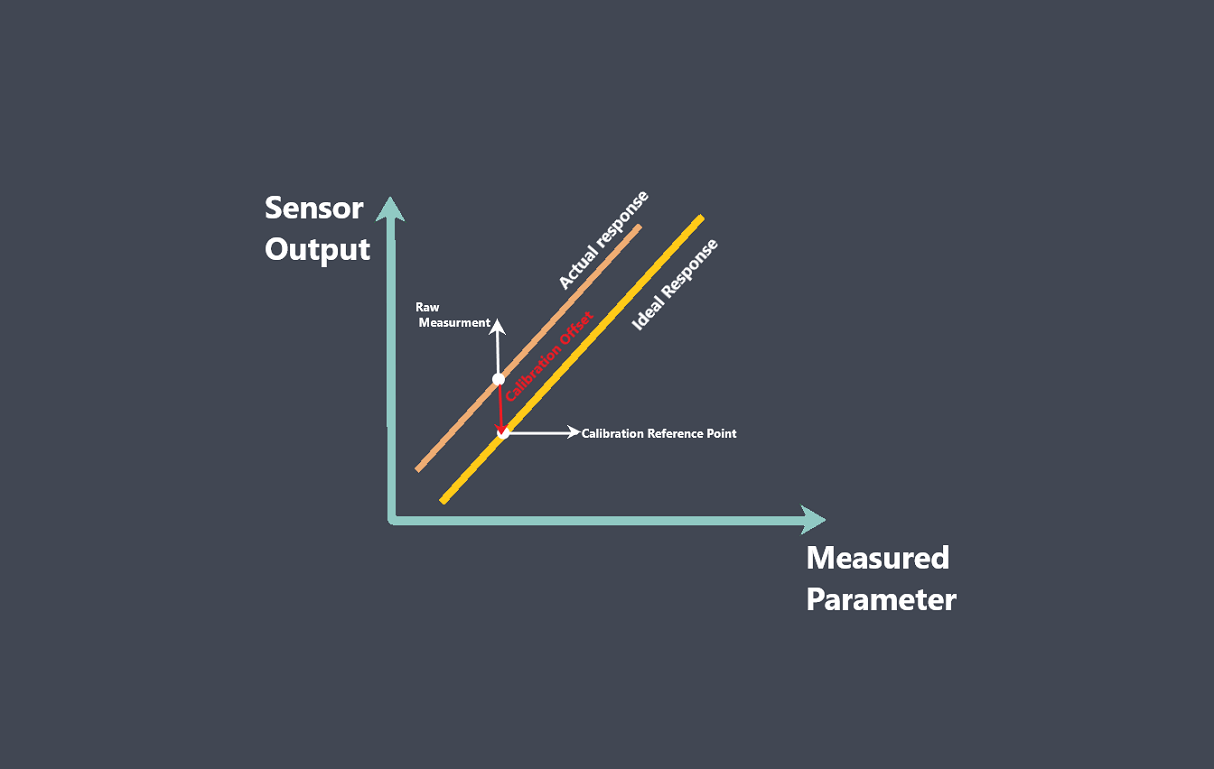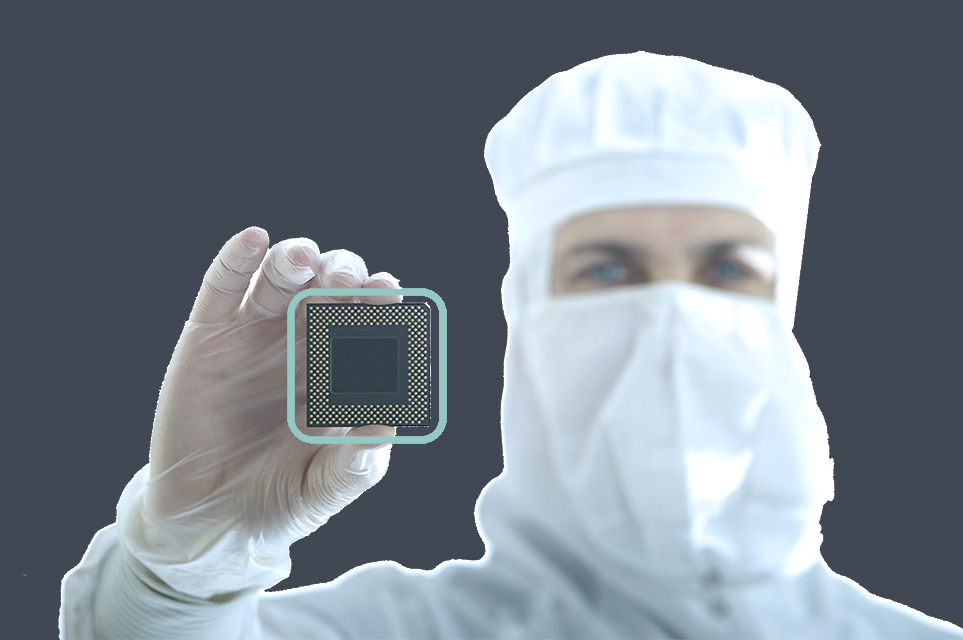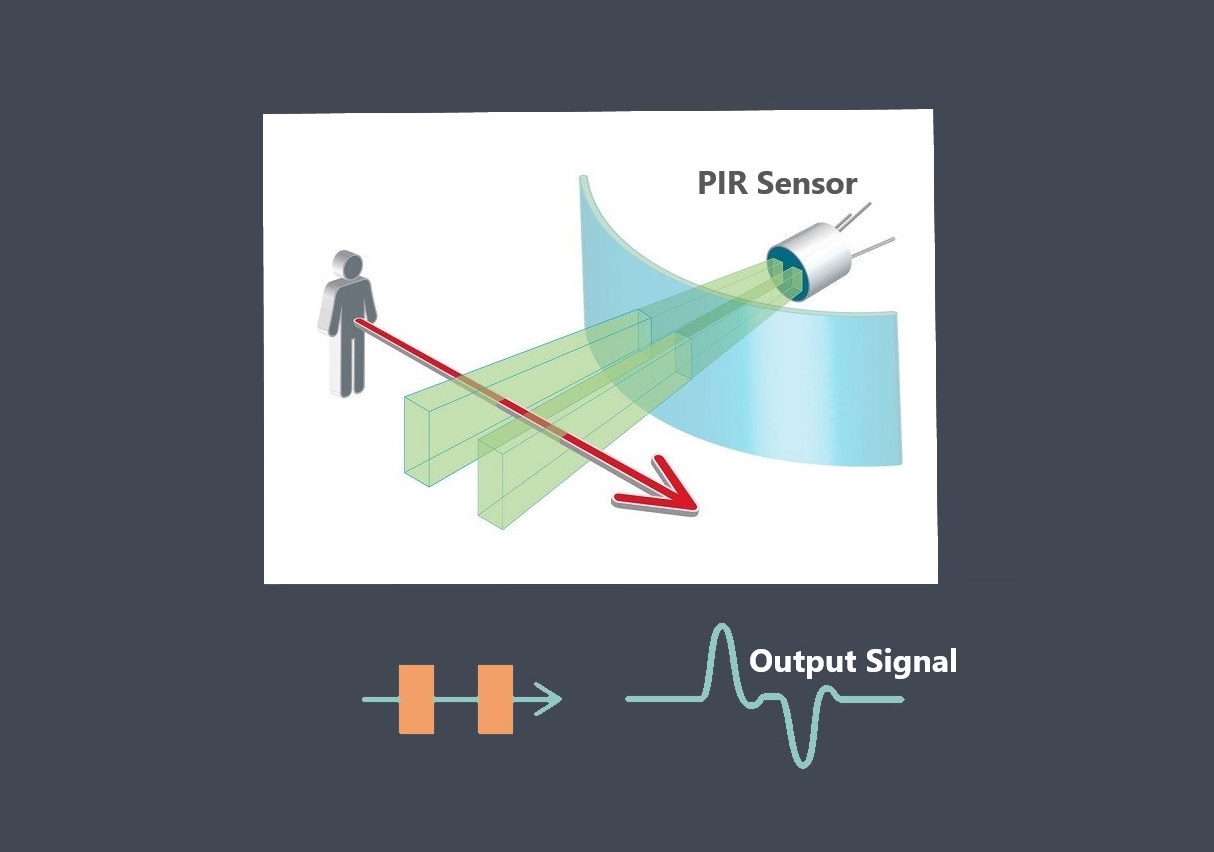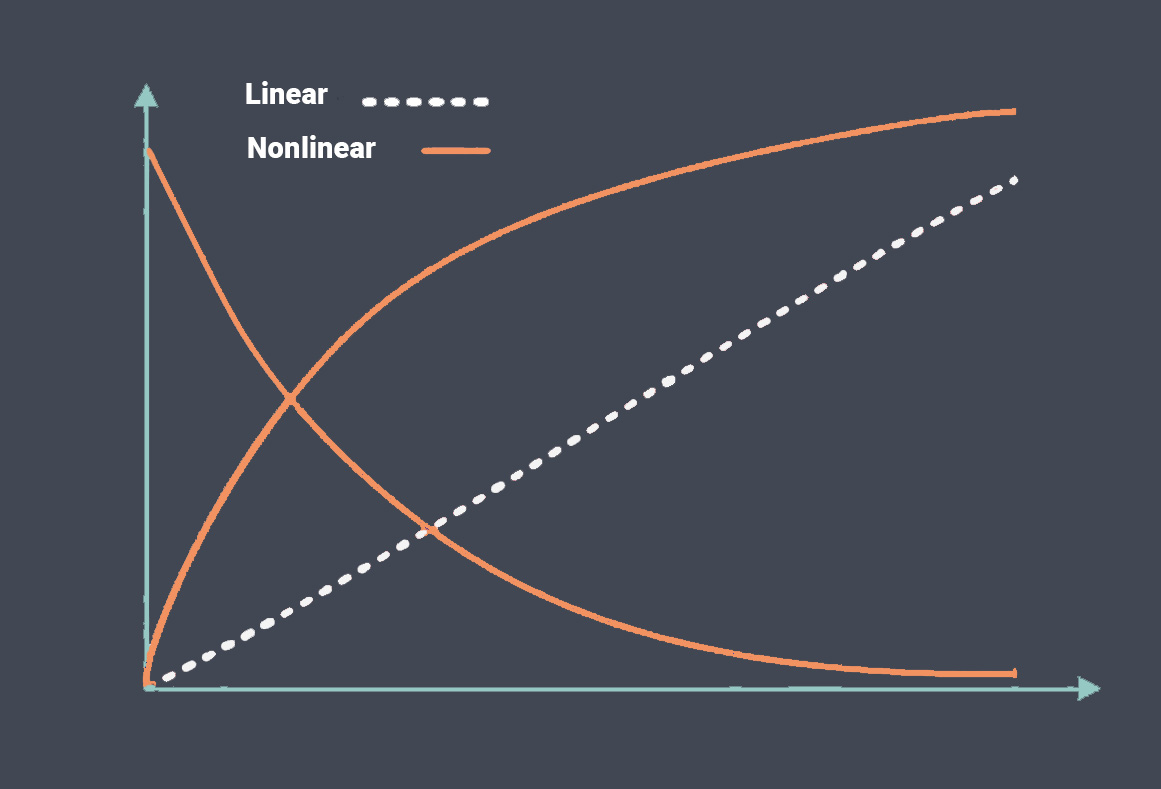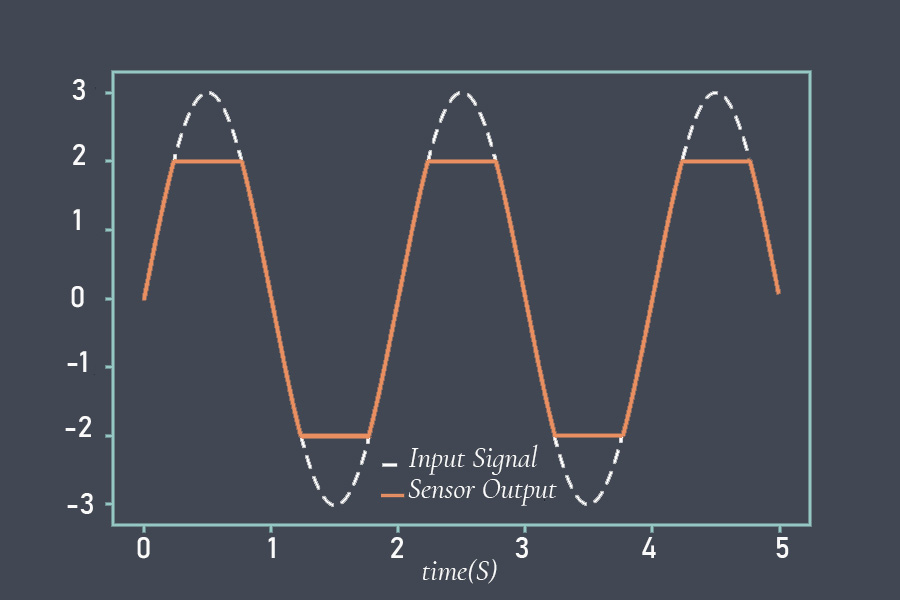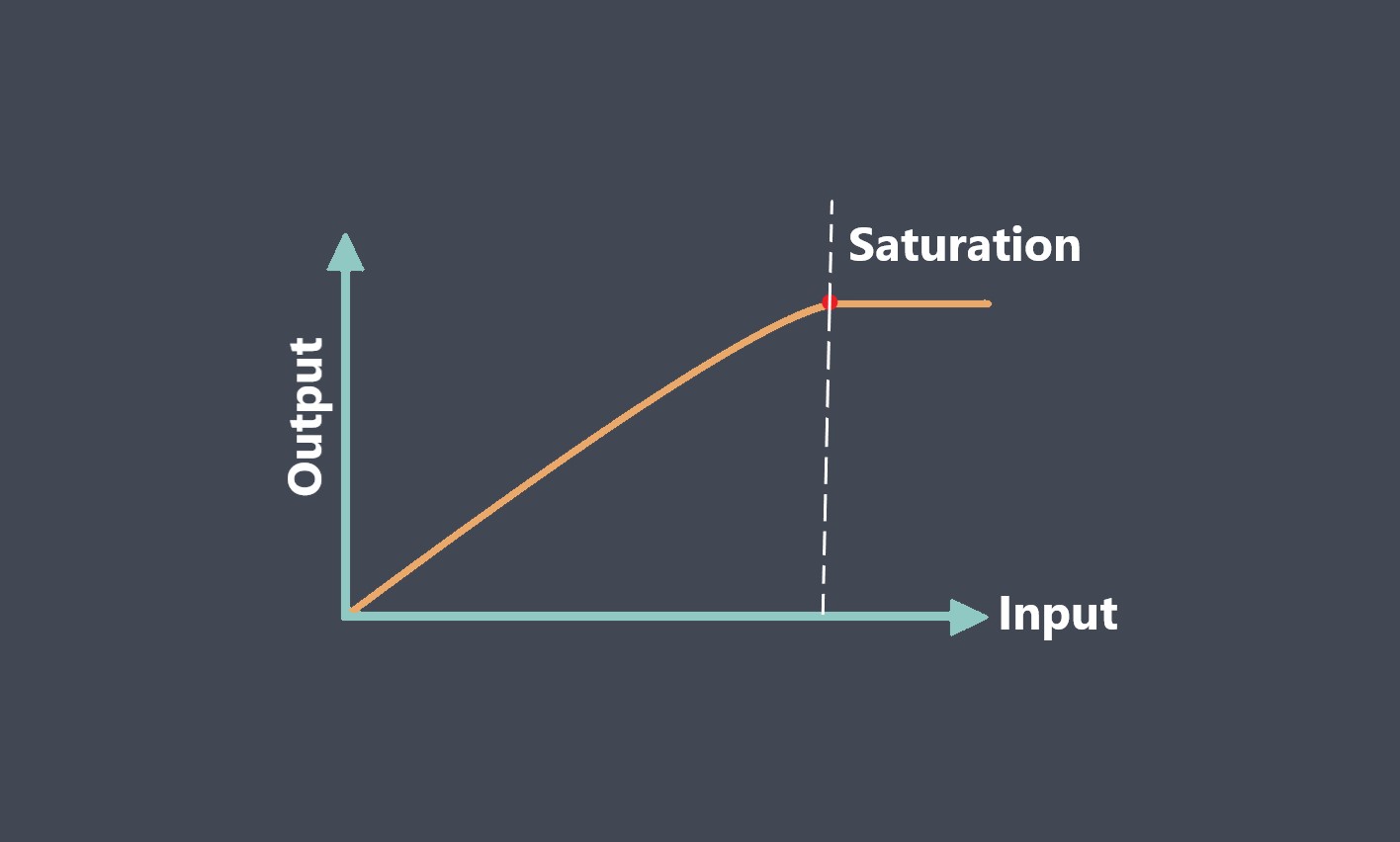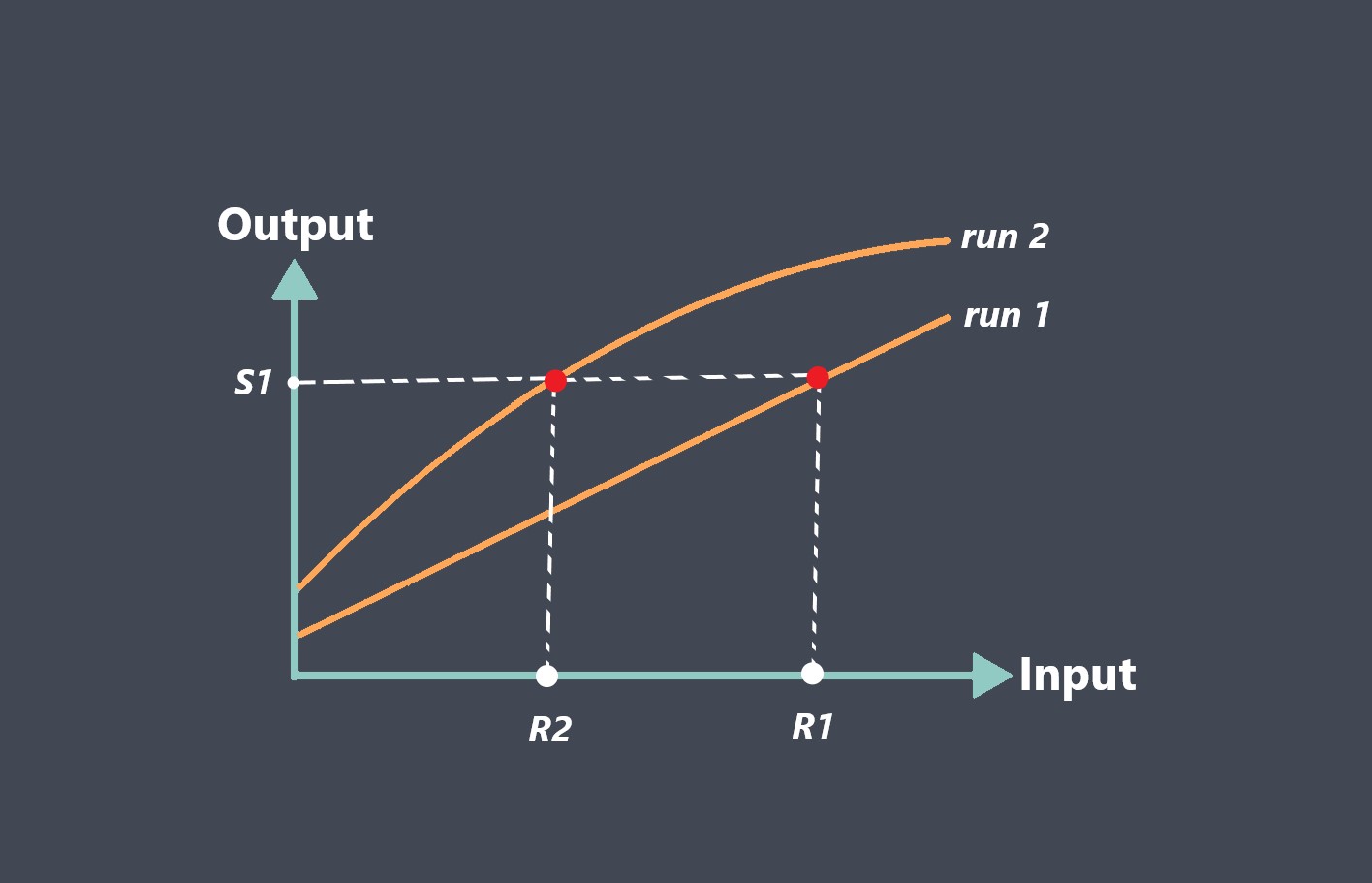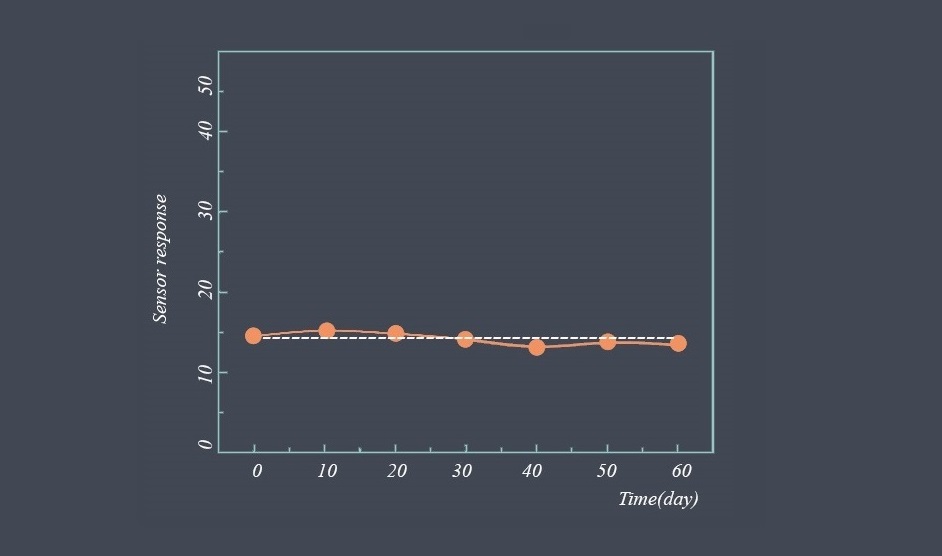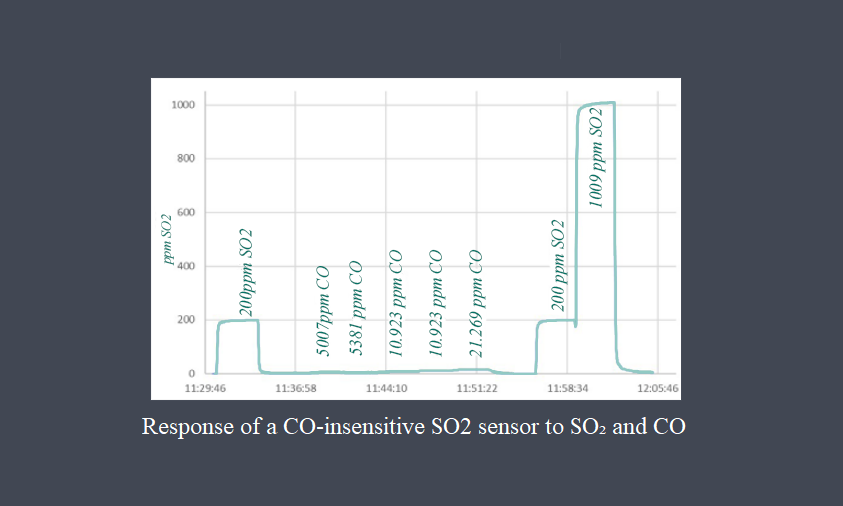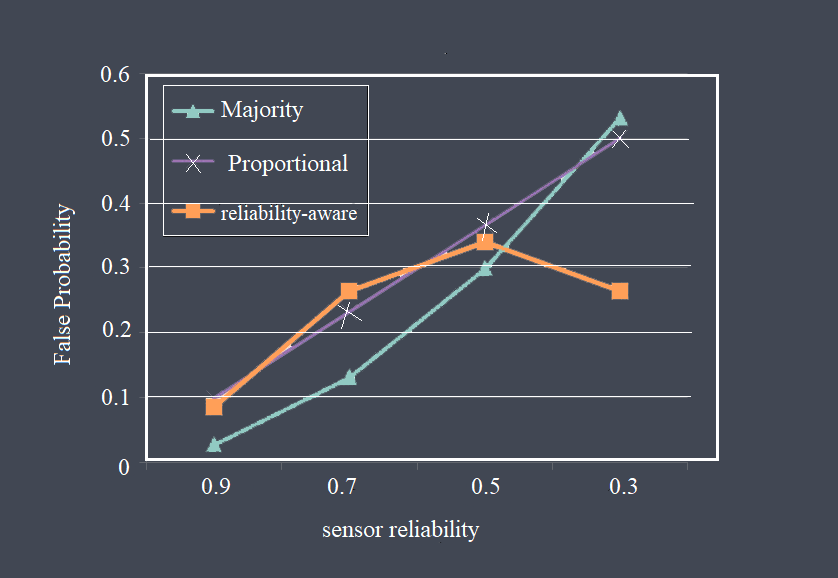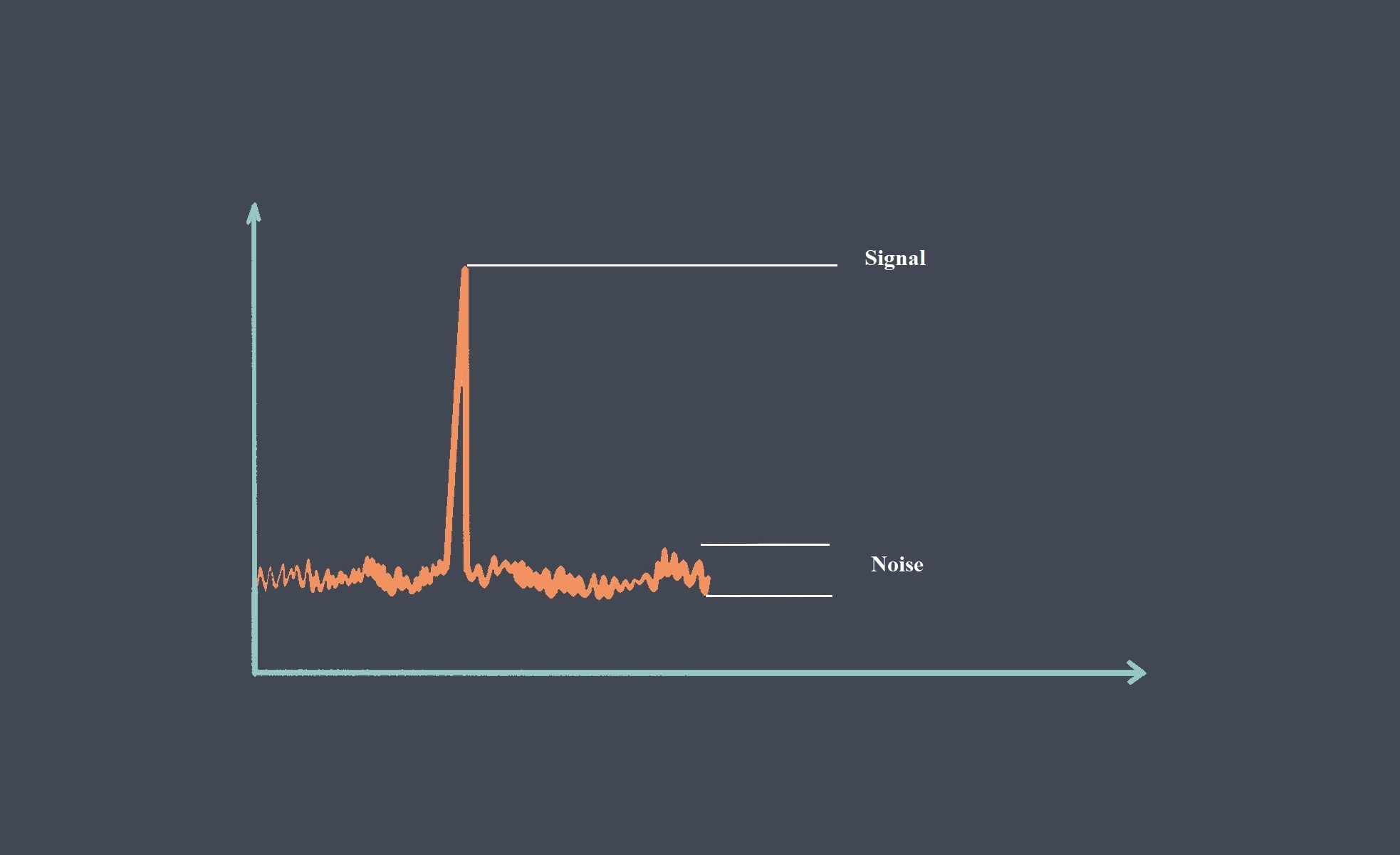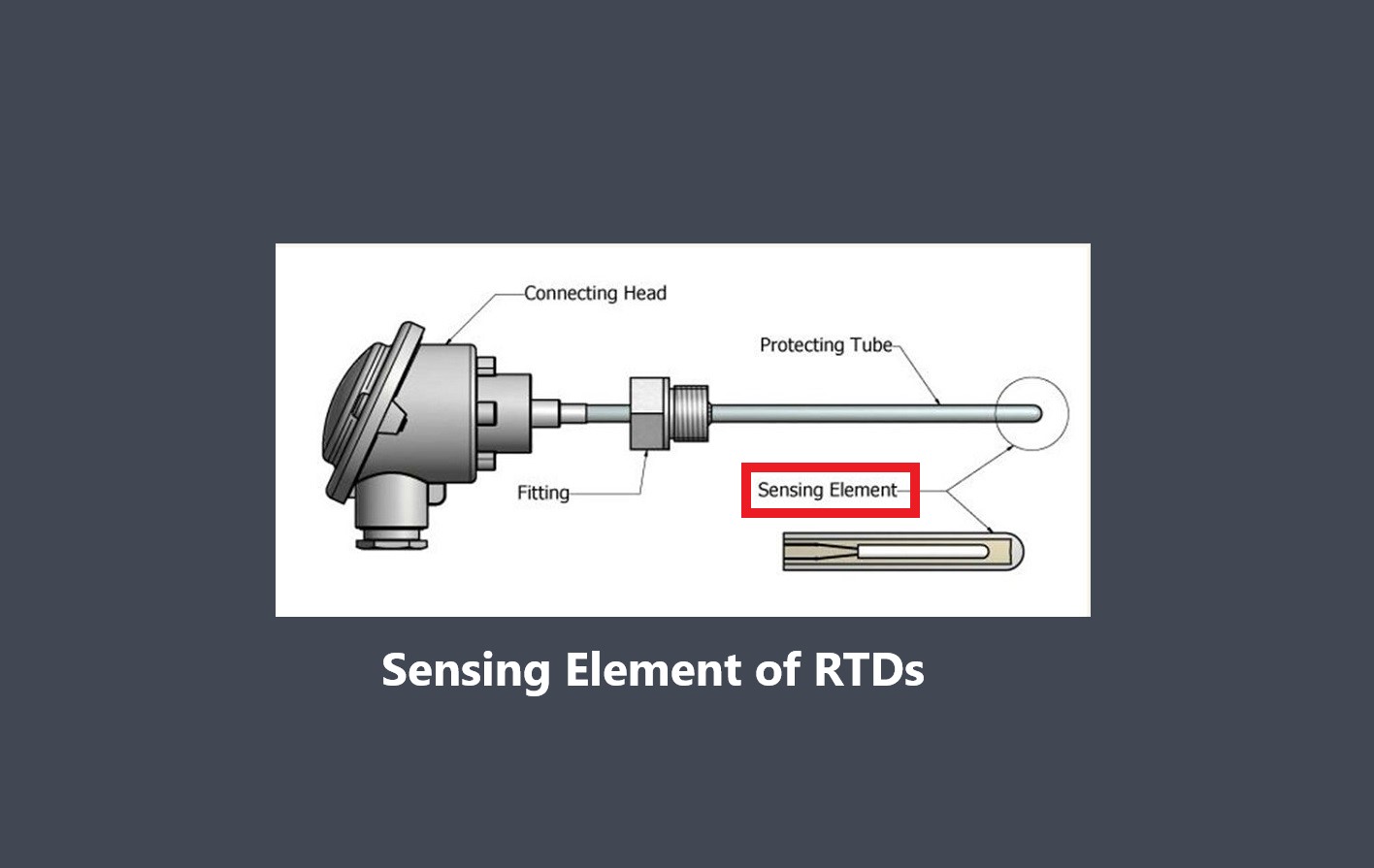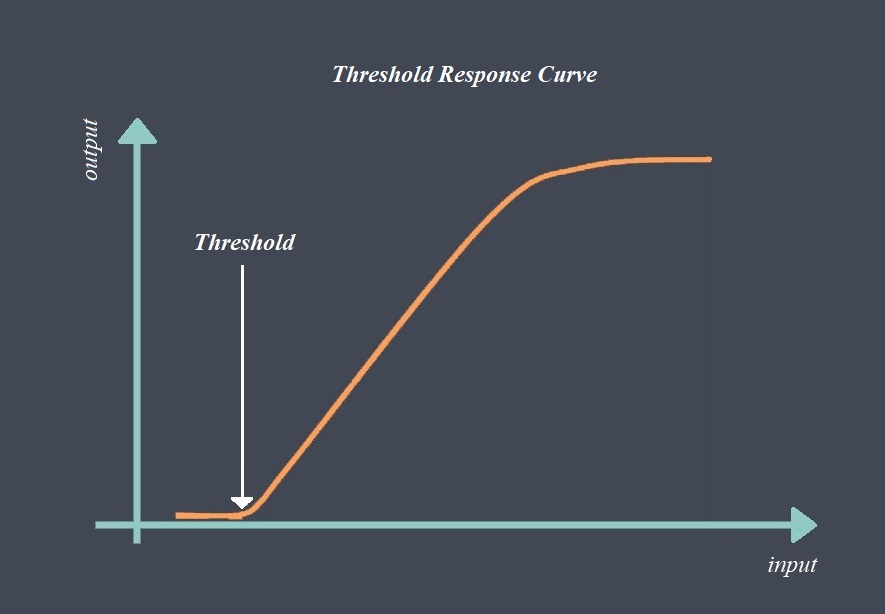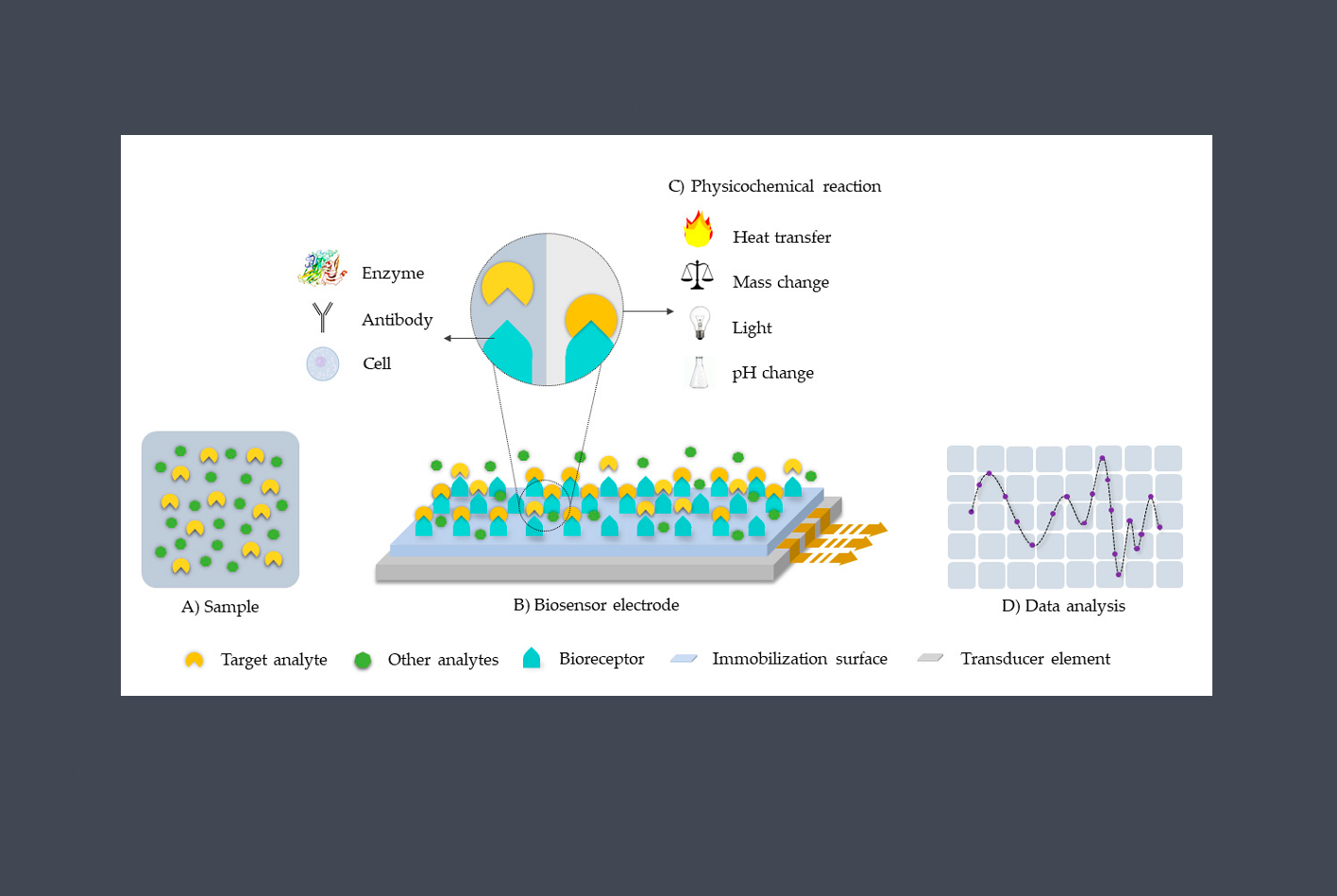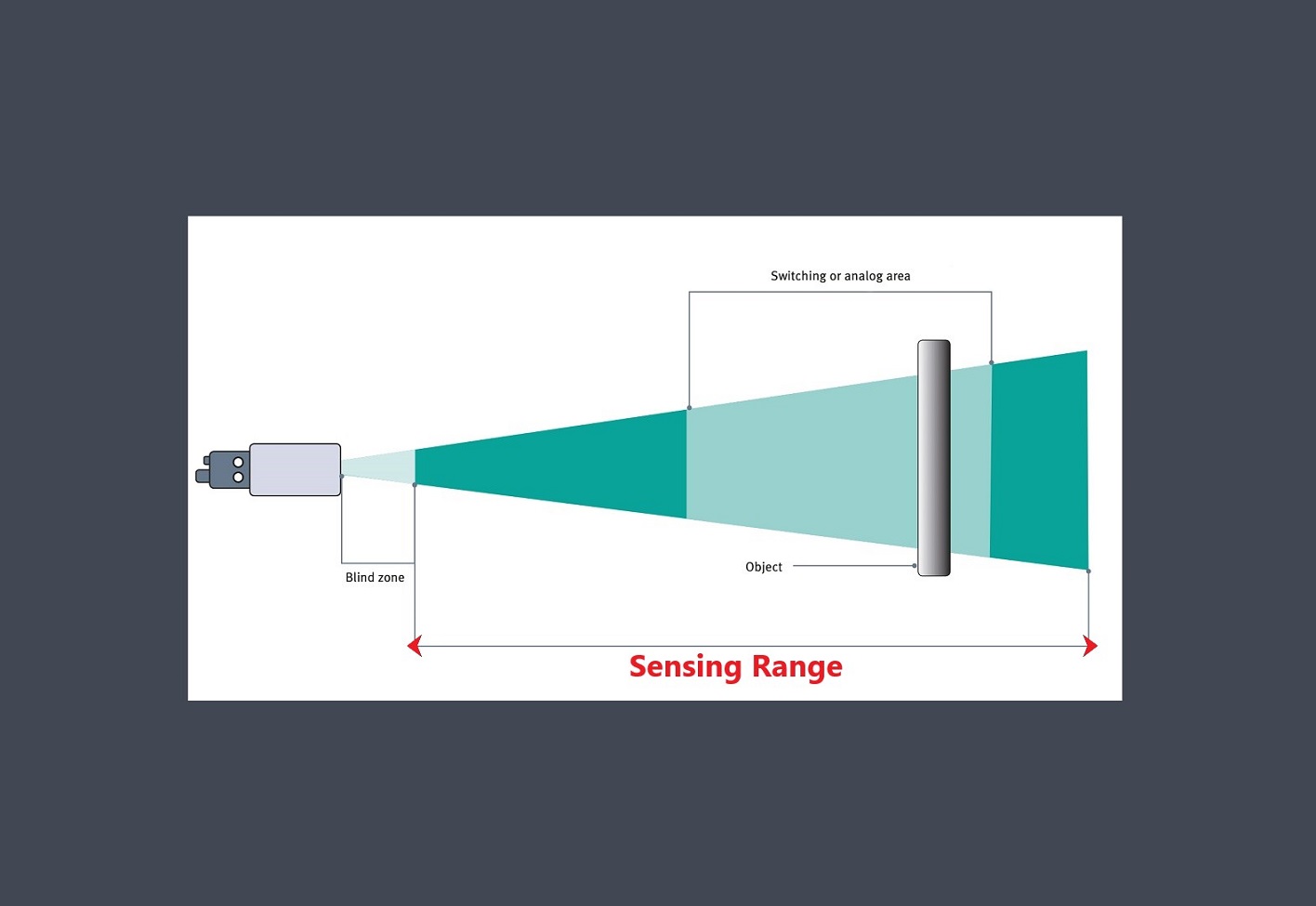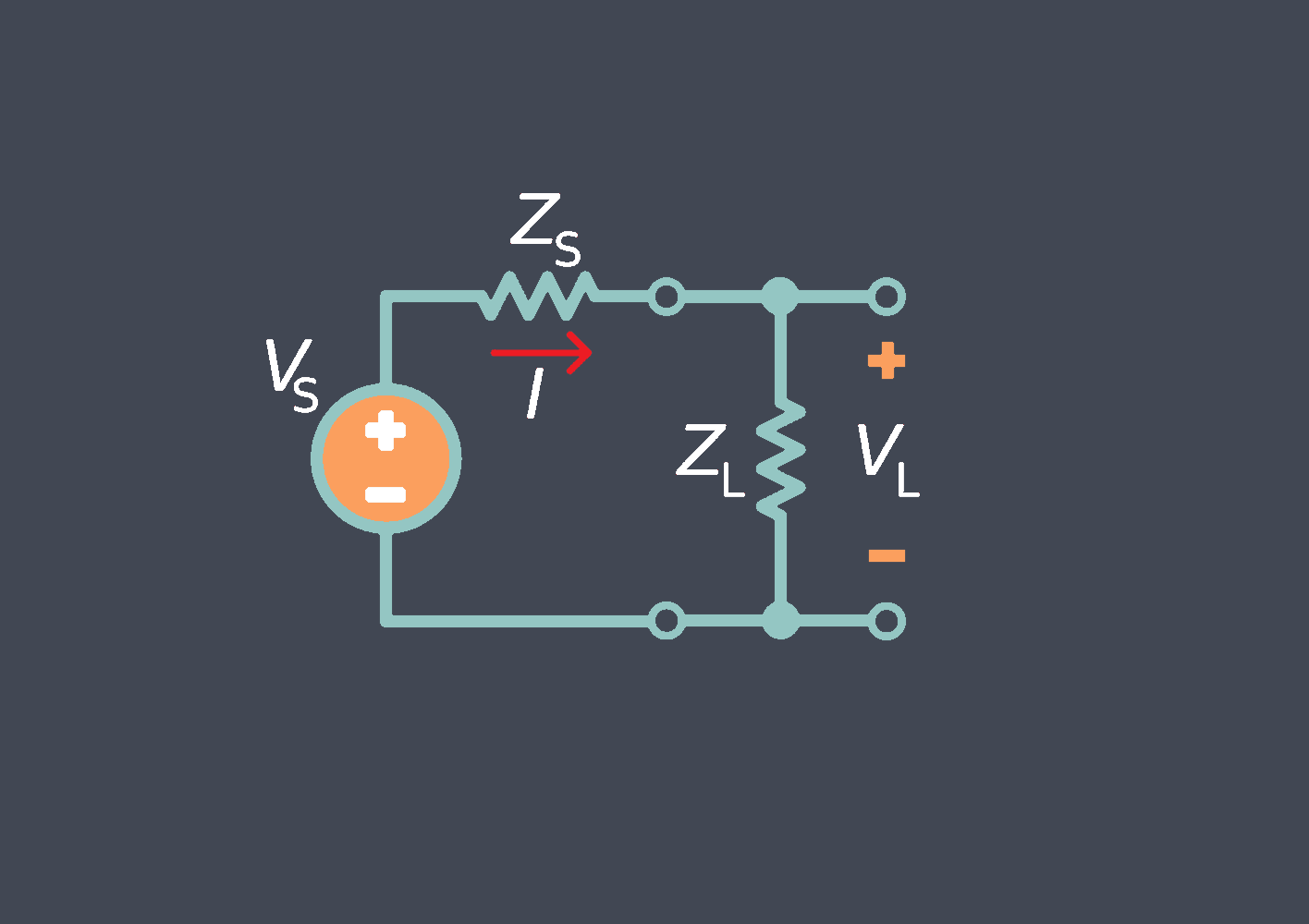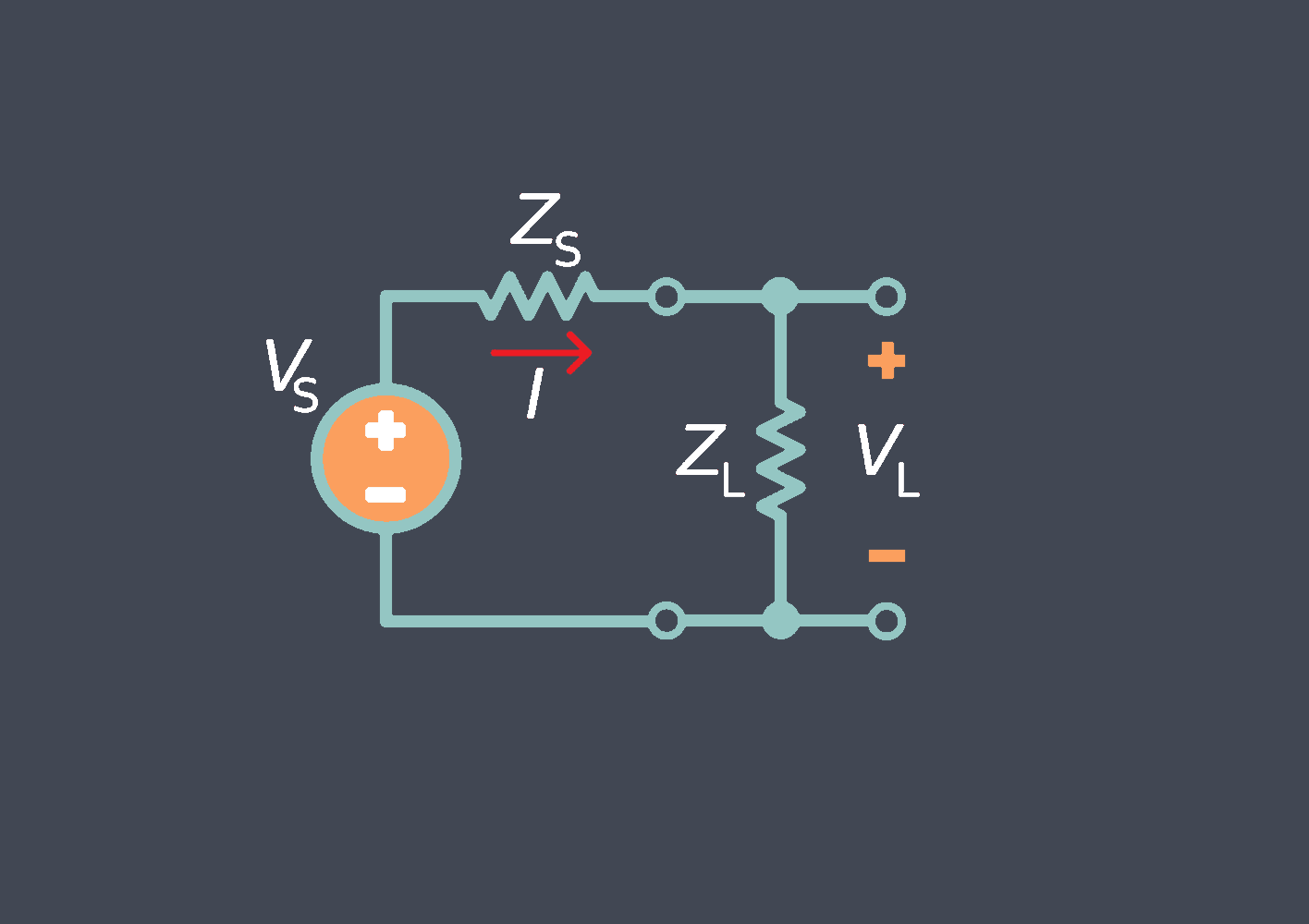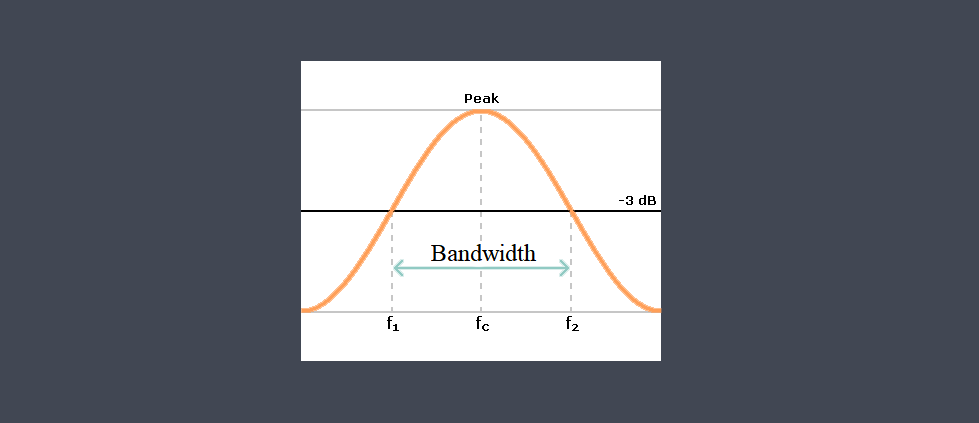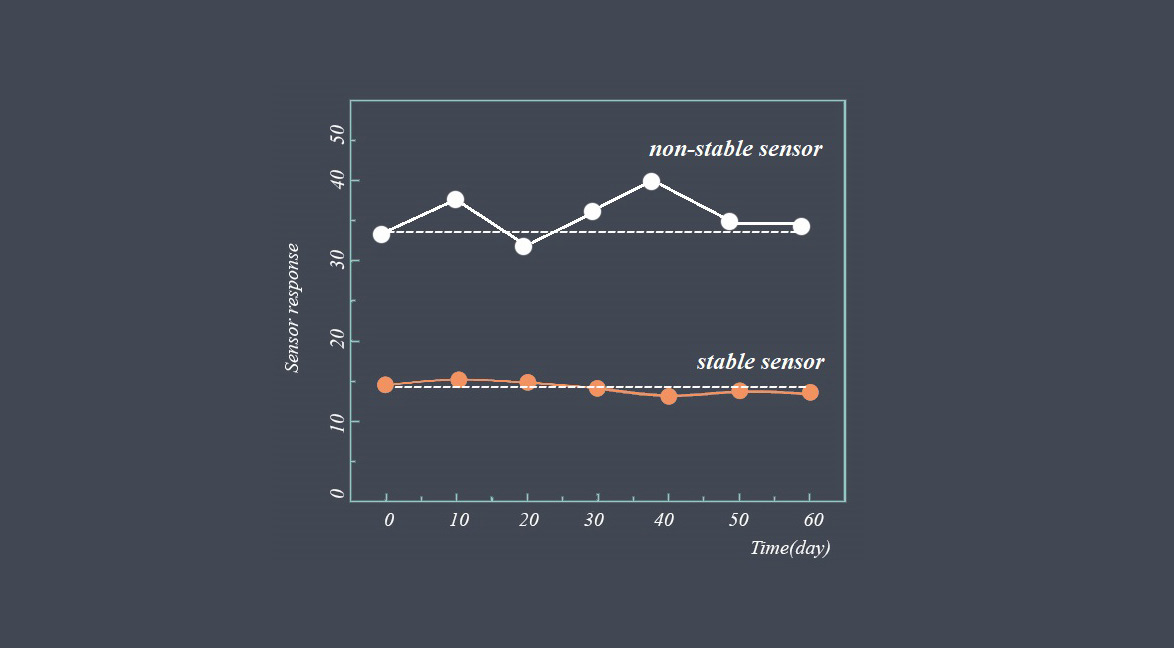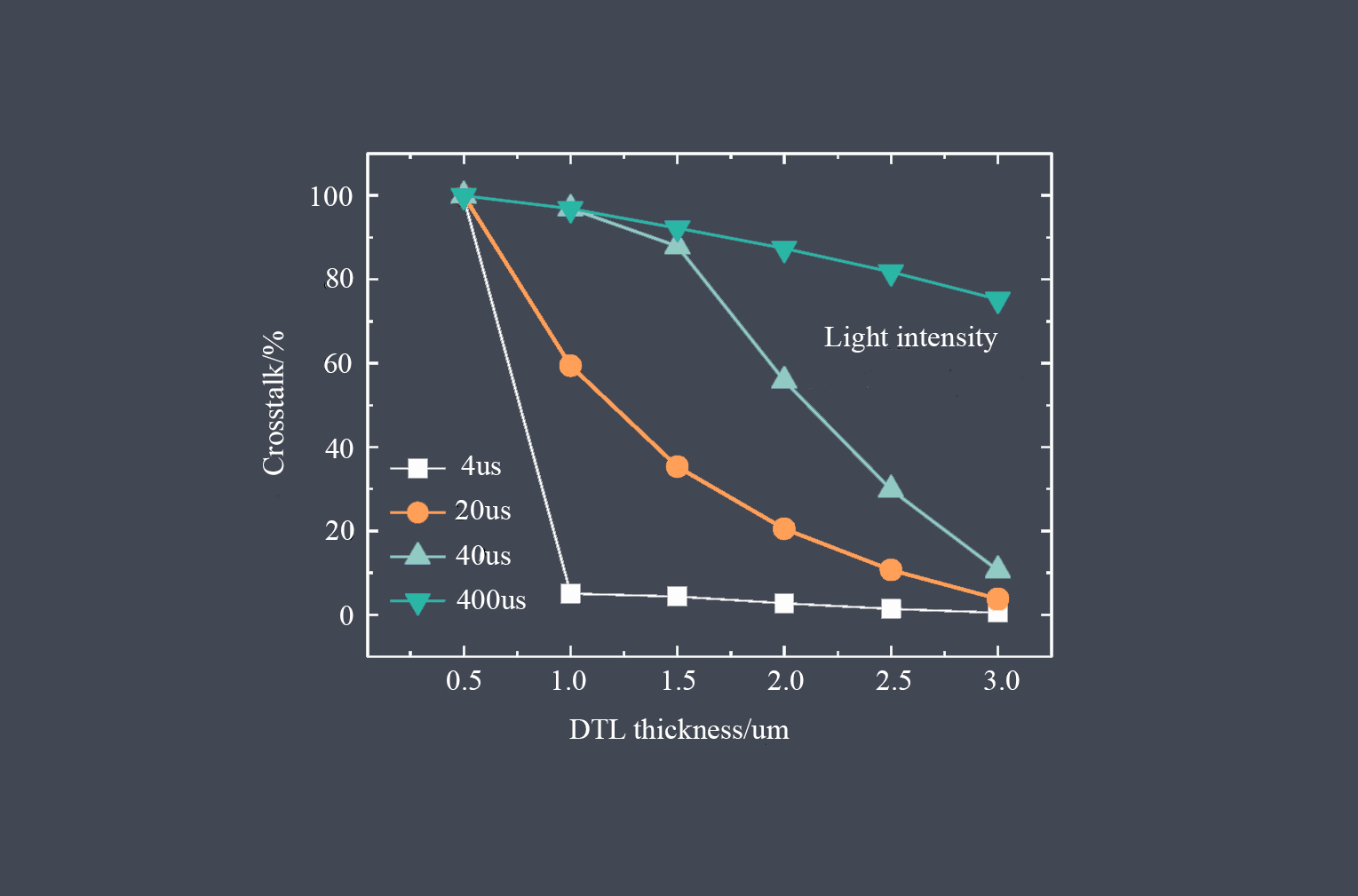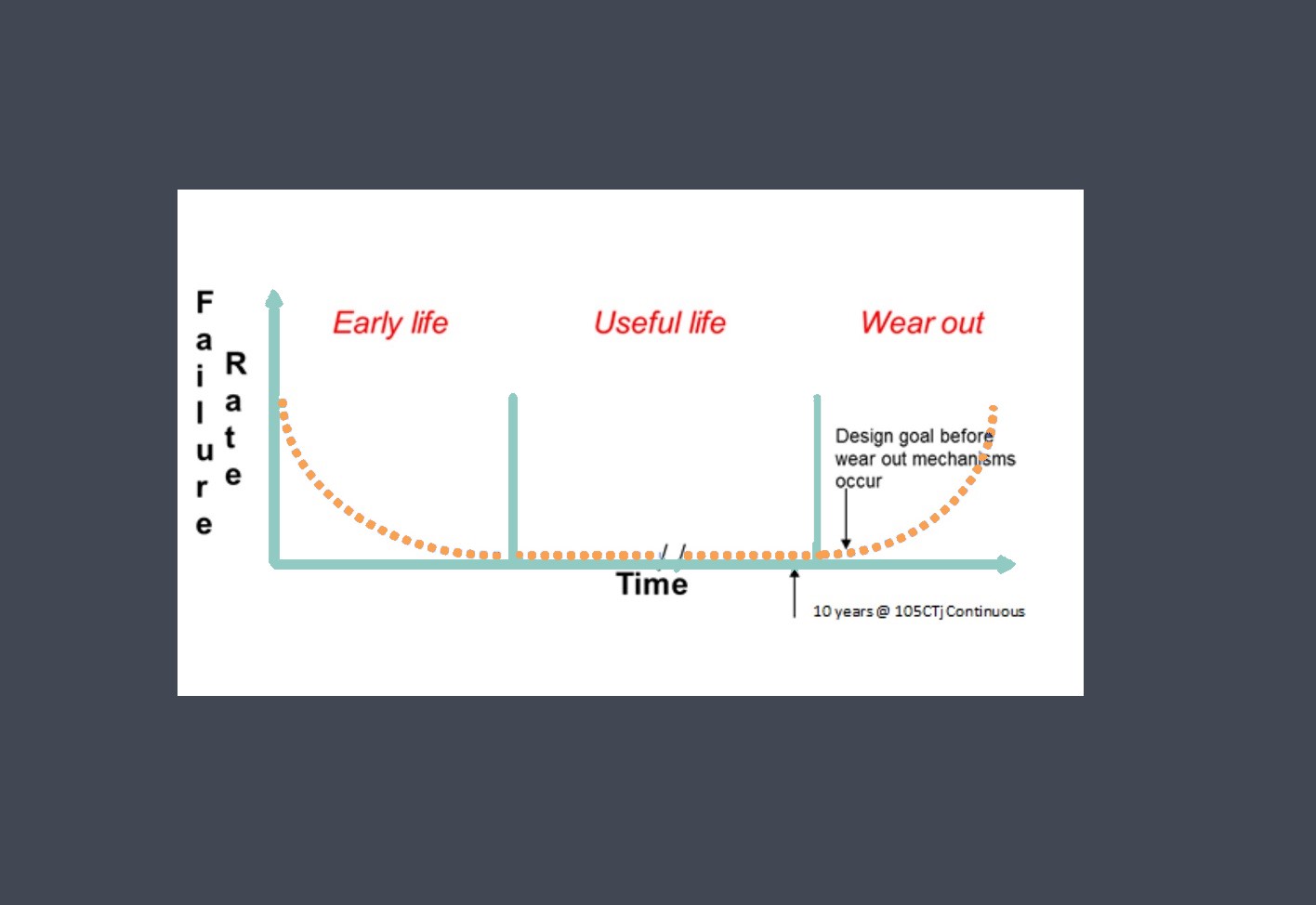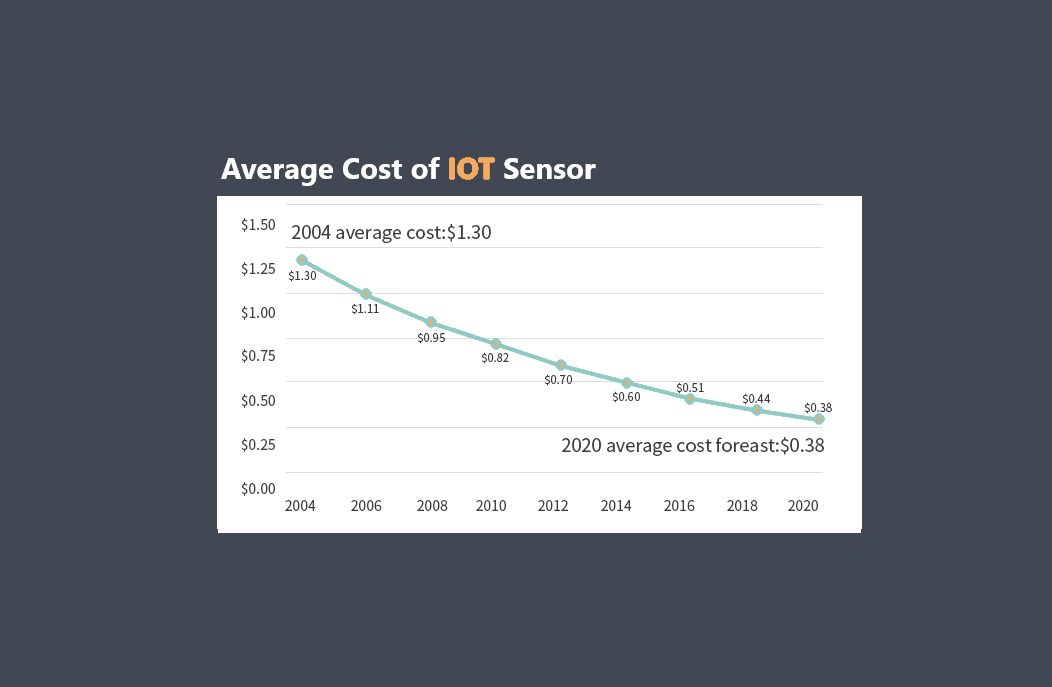
Cost refers to the price or financial investment associated with acquiring a sensor. It is an important consideration in selecting a sensor for a given application, as it directly impacts the overall project budget.
The cost of a sensor can vary depending on factors such as sensor type, sensing technology, accuracy, reliability, and additional features. Higher-priced sensors may offer superior performance, higher accuracy, or specialized capabilities, while lower-priced sensors may provide cost-effective solutions for less demanding applications. Here are some factors that can influence the price:
Type and Complexity
Different types of sensors have varying complexities in terms of design, technology, and functionality. More advanced and specialized sensors tend to be more expensive than basic sensors.
Quantity
The price of sensors often decreases when purchased in large quantities. Bulk orders or wholesale purchases can result in discounts or lower unit costs per sensor.
Brand and Quality
Well-known brands or manufacturers often command higher prices due to their reputation for producing high-quality and reliable sensors. However, it’s important to note that there are also lesser-known brands that offer good quality sensors at a more affordable price.
Technology and Features
Sensors equipped with advanced technologies or additional features may come at a higher cost. For example, sensors with wireless connectivity or data logging capabilities tend to be more expensive than simpler, standalone sensors.
Customization
Customized or made-to-order sensors usually involve additional development and manufacturing costs, which can increase the overall price.
Market Demand
Market dynamics and supply chain factors can influence sensor prices. Higher demand or limited availability can lead to increased costs.
It’s important to consider these factors when evaluating sensor costs and determining the best option for your specific needs and budget.
In addition to the initial purchase cost, there may be ongoing costs related to maintenance, calibration, and replacement of sensors. Some sensors may also require additional accessories or software licenses, which can add to the overall cost.


